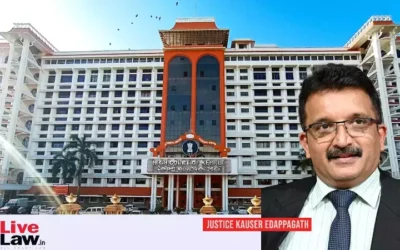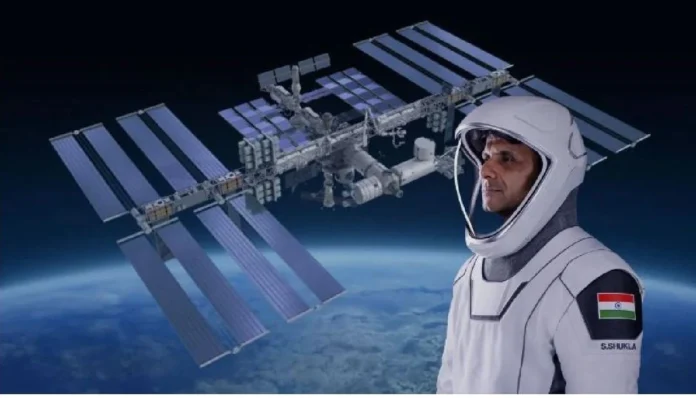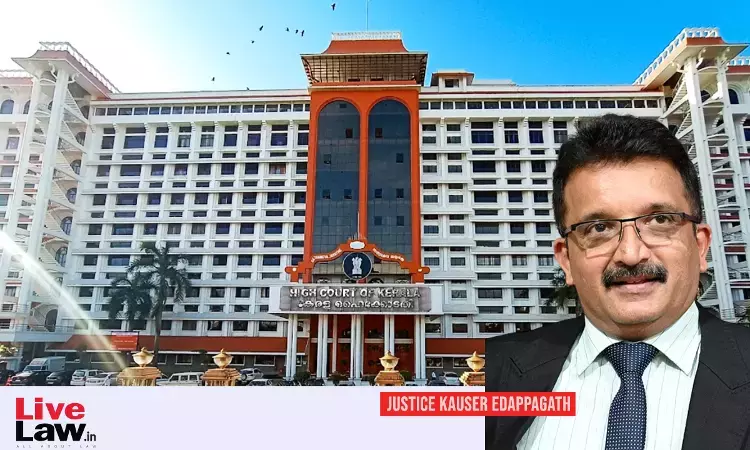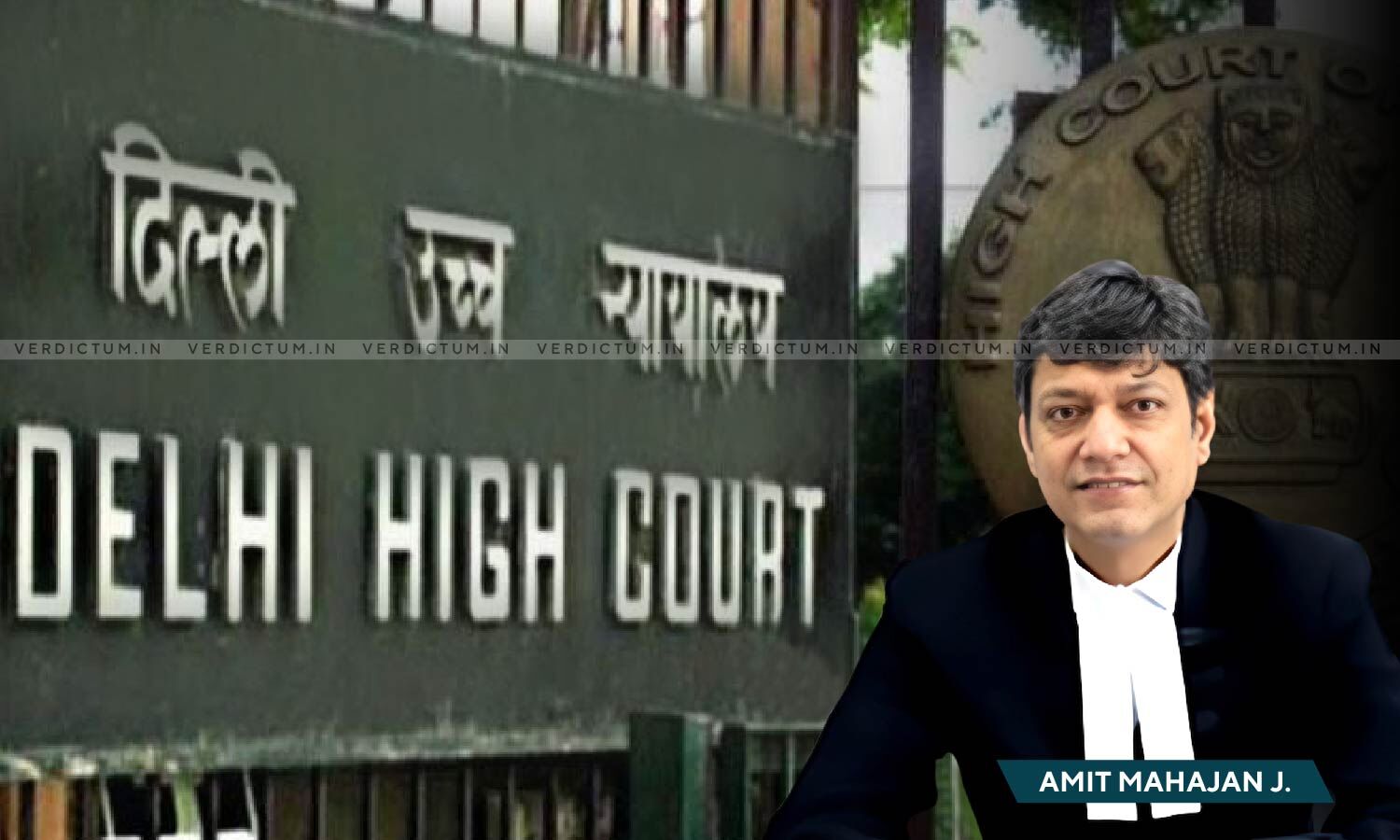From Lucknow To Low Earth Orbit: Shukla’s Giant Leap For India
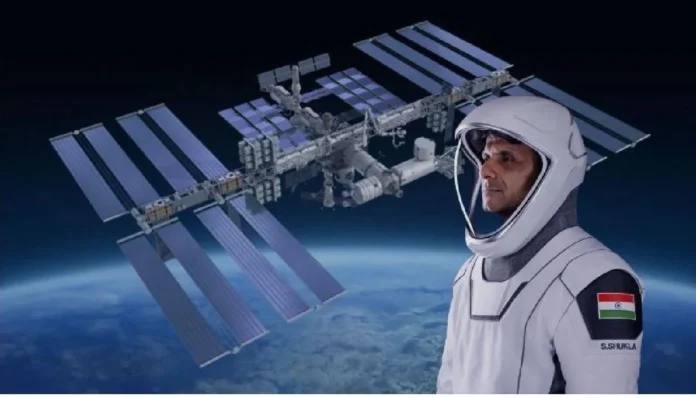
By Kumkum Chadha
From Gunjan to Group Captain Shubhanshu Shukla to Shux to Shubh has been a protracted and eventful journey. “No must exit of the earth. Keep put right here” is what Shubhanshu’s mom, Asha, had instructed him when he shared his ambition of being an astronaut.
Somebody who grew up on samosas from Tewari candy store in Lucknow, Shubhanshu by no means purchased any. He waited for his father to get them on his means again from work.
His father, Shambhu Dayal, retired as a private secretary to a minister some ten years in the past, Shubhanshu is the primary from his household to have joined the forces. And the way? He was in his early teenagers when the Kargil conflict broke out. He utilized for the NDA after borrowing a kind from a pal who modified his thoughts on the final minute. Shukla seized the chance, grabbed his kind and utilized.
Eighteen years on, he enrolled for the Gaganyaan Mission. Each occasions his household was stored at midnight. However that’s Shubhanshu: the person who retains his skilled life distinct from his private. If his sister’s model is something to go by, throughout Balakot airstrike nobody within the household knew the place he was, not even his spouse, Kamna.
Whereas a part of the household was elated about his going to area and town proud that “Shukla ji a larka antriksh mein ja raha hai”, Shuklaji’s son goes to area, his mom was praying. It was solely after the area ship docked that she heaved a sigh of aid: “Ab koi dar nahin… bas wapas aane ka intezaar hai,” nothing to worry now, simply awaiting his return, she instructed media individuals, preventing again tears. She had fed him dahi chini, yogurt and sugar, an Indian ritual thought of auspicious.
Tense moments earlier than the docking are a given, the primary steps being that earlier than docking the spacecraft should match the ISS orbit and pace.
Aptly referred to as Rendezvous, the method entails synchronizing the spacecraft’s location and velocity. As soon as it’s aligned, gradual manoeuvres convey the capsule near the ISS for a safe connection.
Even whereas the world jumps with pleasure on the profitable docking, the astronauts have a two-hour ready interval earlier than they will enter the area station. That is to make sure that there aren’t any stress imbalances or leaks. All that’s now historical past. Shukla is in area, having taken step one for India’s first human spaceflight.
Throughout his fortnight keep, Shukla would lead experiments in microgravity; decode muscle well being, each for astronauts and folks with muscle loss on earth.
Technicalities aside, the excessive level was a 17-minute dialog between Prime Minister Narendra Modi and Shukla. The prime minister got here throughout as a pupil keen to be taught: he requested a number of questions, some private, some in regards to the mission. Shukla, who the prime minister sometimes called Shubh, instructed Modi that he was having a tremendous view of the Earth “watching 16 dawn and 16 sunsets” each single day.
He additionally spoke in regards to the “earth from exterior” whereby he mentioned “it appears no border exists, no state exists, no international locations exist…the Earth seems utterly one” Shukla mentioned, a far cry from the state of affairs the place wars and bloodshed have turn into the norm be it Ukraine, Iran or India and Pakistan for that matter. Add to that the communal and non secular divide that appears to have gripped a number of elements of the world, together with India. Towards this backdrop, as of now, Shukla is in a “glad area” each actually and figuratively.
In fact, there are private challenges like ingesting water, strolling or sleeping and absence of gravity: “As I’m speaking to you, I’ve tied my legs, else I’ll float and go up” Shukla instructed the prime minister. As for India and the way it seems, Shukla mentioned that it appeared “large and grand, a lot greater than what we see on the map”. Shukla might not have borrowed his “hero” Rakesh Sharma’s Saare jahan se achcha line, however the sentiment was related.
For the uninitiated, when Indira Gandhi, the then prime minister had requested Sharma how India appeared from the sky, he had mentioned: “Saare jahan se achcha”, higher than the entire world. That was 41 years in the past, however the phrases got here alive throughout Shukla’s dialog with the prime minister and thru him, a whole lot and hundreds of Indians who had been that night glued to their tv units.
From Sharma to Shukla, India has come a great distance. Each landmark occasions, Sharma and Shukla’s missions differ considerably. Sharma’s mission was a Soviet-led diplomatic initiative in opposition to Shukla’s commercially organized effort. Sharma’s mission flagged the Indo-Soviet friendship, whereas Shukla’s seat was secured by India on a non-public US aided mission, Axiom-4. Sharma was the astronaut on board on Soyuz whereas Shukla’s launch automobile is Falcon-9 which is bigger and evidently technologically extra superior.
Sharma and his crew had used two completely different capsules: one for docking and one other for return whereas Shukla and his crew will use the identical spacecraft for its journey back and forth.
When Sharma went to area, India’s area programme was not as developed. At the moment, India has emerged as a world chief: it has put a spacecraft on the moon; launched missions near the solar and is planning a manned area flight within the close to future.
Experiments aside, what has modified is the look of India from above. If studies are something to go by, Shukla would see the evening time lights as Sharma by no means did. Nighttime lights, as captured from area, characterize the depth of synthetic lights on the earth’s floor. They’re a sign of growth actions and socio-economic modifications, together with urbanisation. Throughout Sharma’s voyage, earth’s photographs had been few and much between as a result of growth was not as it’s now and nor had been the cameras outfitted to seize these photographs.
A research was carried out by ISRO’s Nationwide Distant Sensing Centre, depicting the change to a rise of 43 % within the radiance of night-time lights since 2012. Subsequently, what Shukla is ready to witness immediately, Sharma couldn’t.
Extra lately, Indian American astronaut Sunita Williams who was caught in area for months as an alternative of the unique eight days that had been deliberate had mentioned that “India is superb” from area: “Each time we went over the Himalayas, we acquired unbelievable photos. It occurred like a ripple and flows down into India,” she had then mentioned, highlighting the wealthy colors seen from orbit.
Whereas proper minded Indians are rejoicing Shukla’s feat, there are cynics who’re crying foul. For starters, it’s about prices. Although India has not formally put out the figures, the quantity paid by ISRO is estimated to be round Rs 500 crore for Shukla’s seat.
ISRO chief V Narayanan is true when he says that the advantages far outweigh the prices: “For a rustic of 140 crore individuals what we’ve got spent is just marginal” including that it’s a toss-up between long-term functionality constructing versus quick time period monetary arithmetic.
Nothing may sum this higher. The Gaganyaan mission spans Rs 20,000 crore and Shukla’s area mission needs to be seen as “an early and obligatory funding” to cite Narayanan but once more.
Statistics aside, what surpasses all the pieces is the sense of nationwide pleasure and the “India has completed it” feeling. And that one sentiment is unmeasurable and goes past arithmetic. So these counting the notes are clearly lacking the woods for the timber. As Indians, they’ve additionally missed that one heartbeat that almost all Indians skilled when Shukla docked in area. Equally, they failed to face with India in its second of glory and pleasure. Nothing may very well be worse.
—The author is an writer, journalist and political commentator

